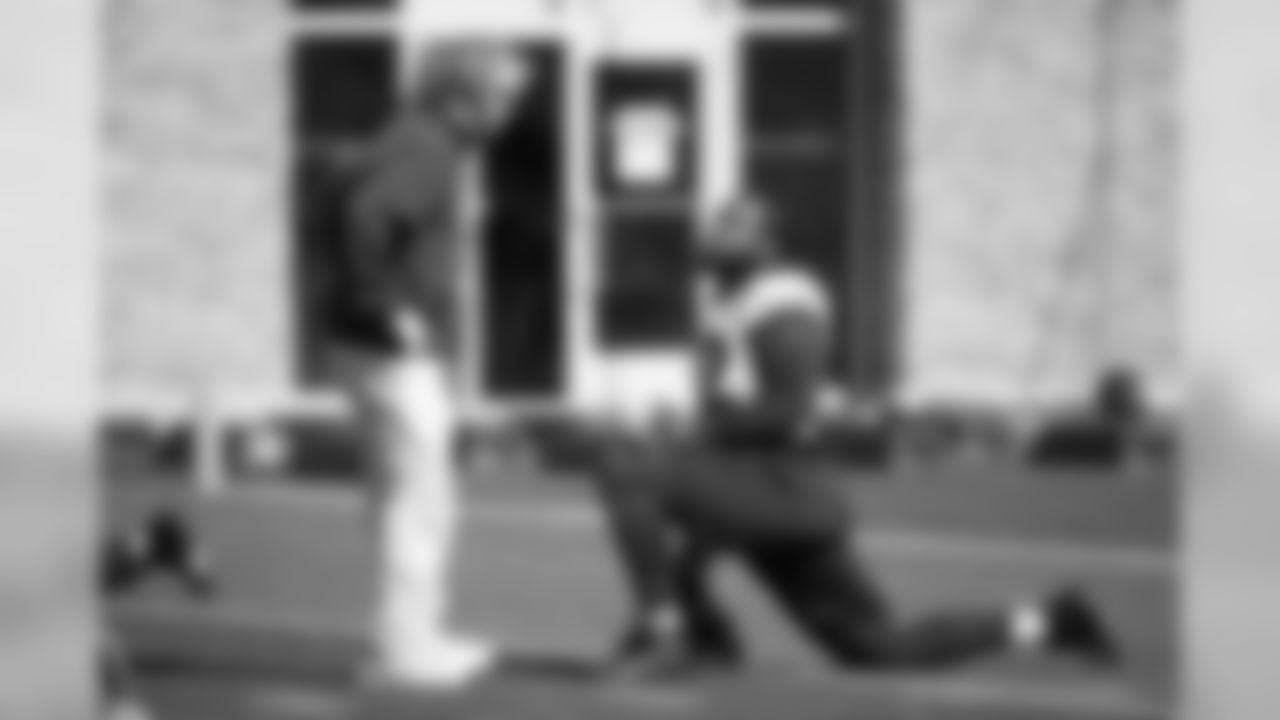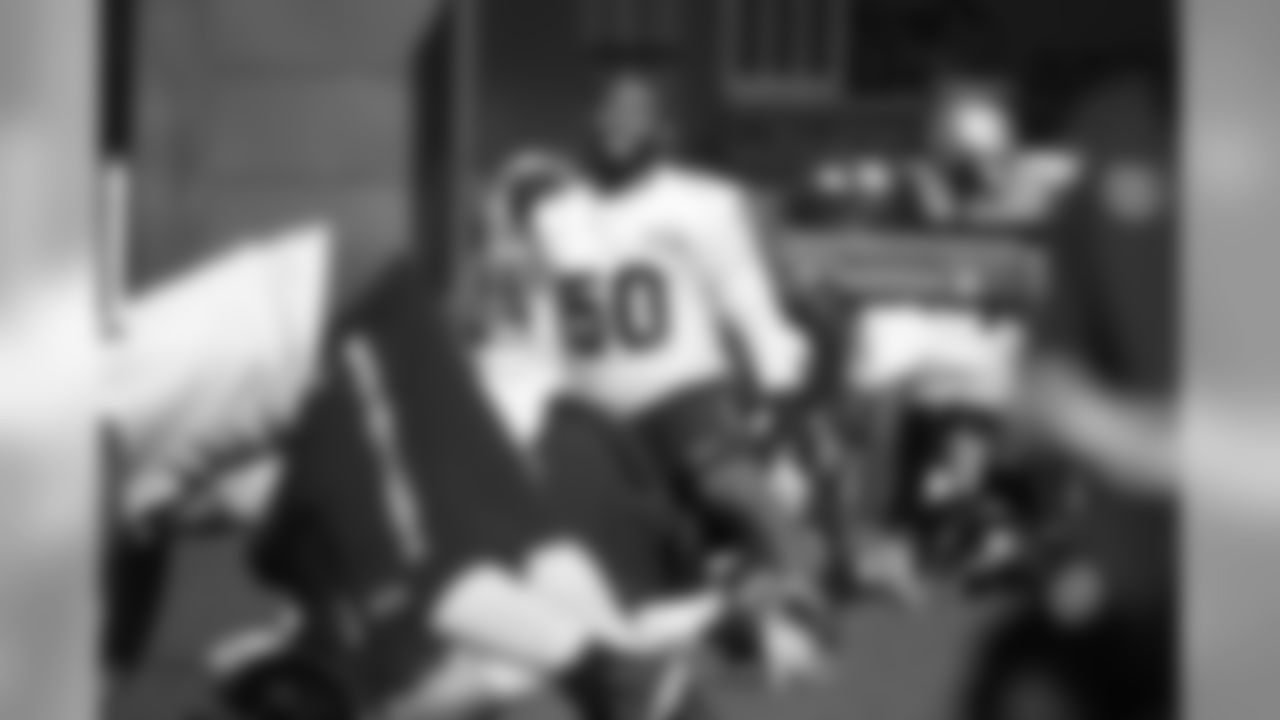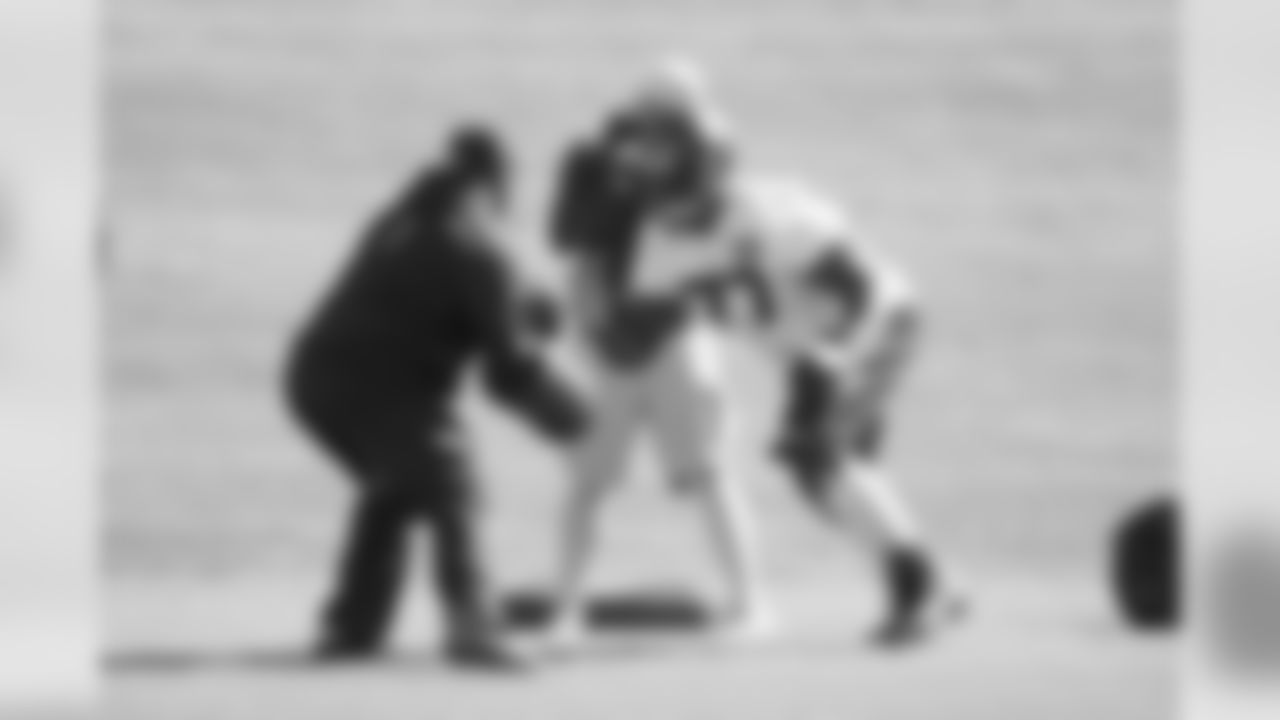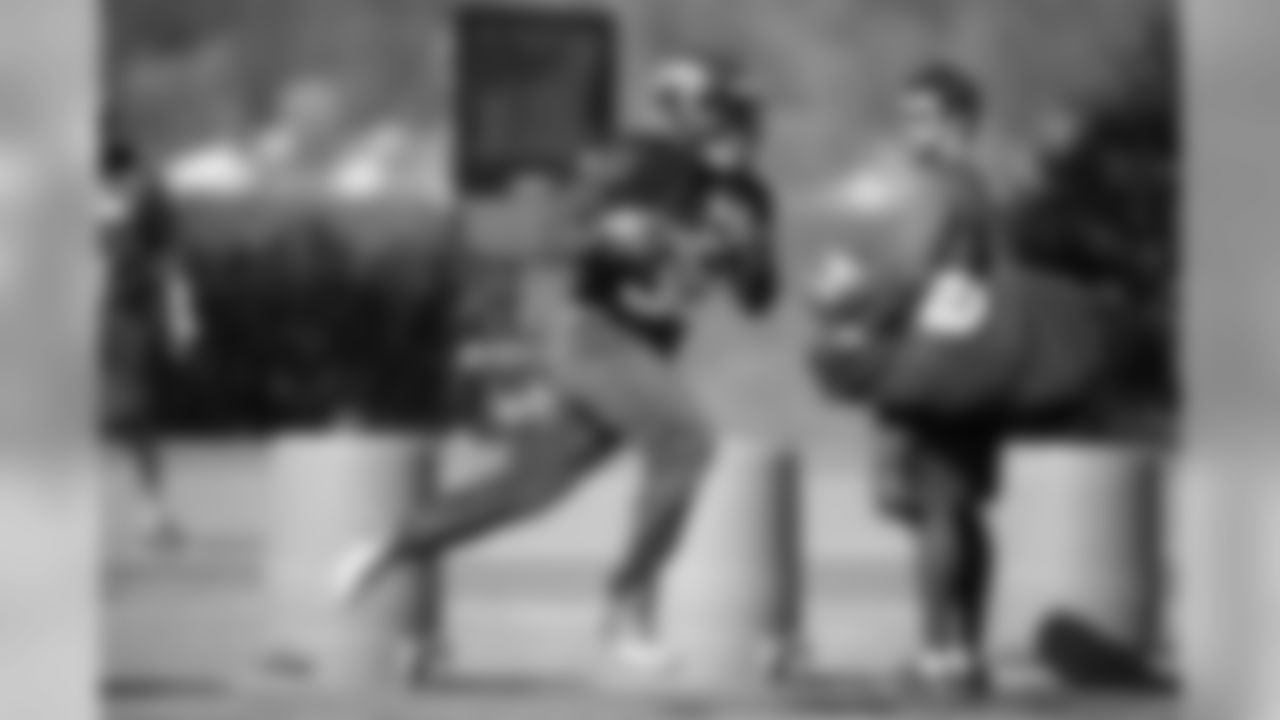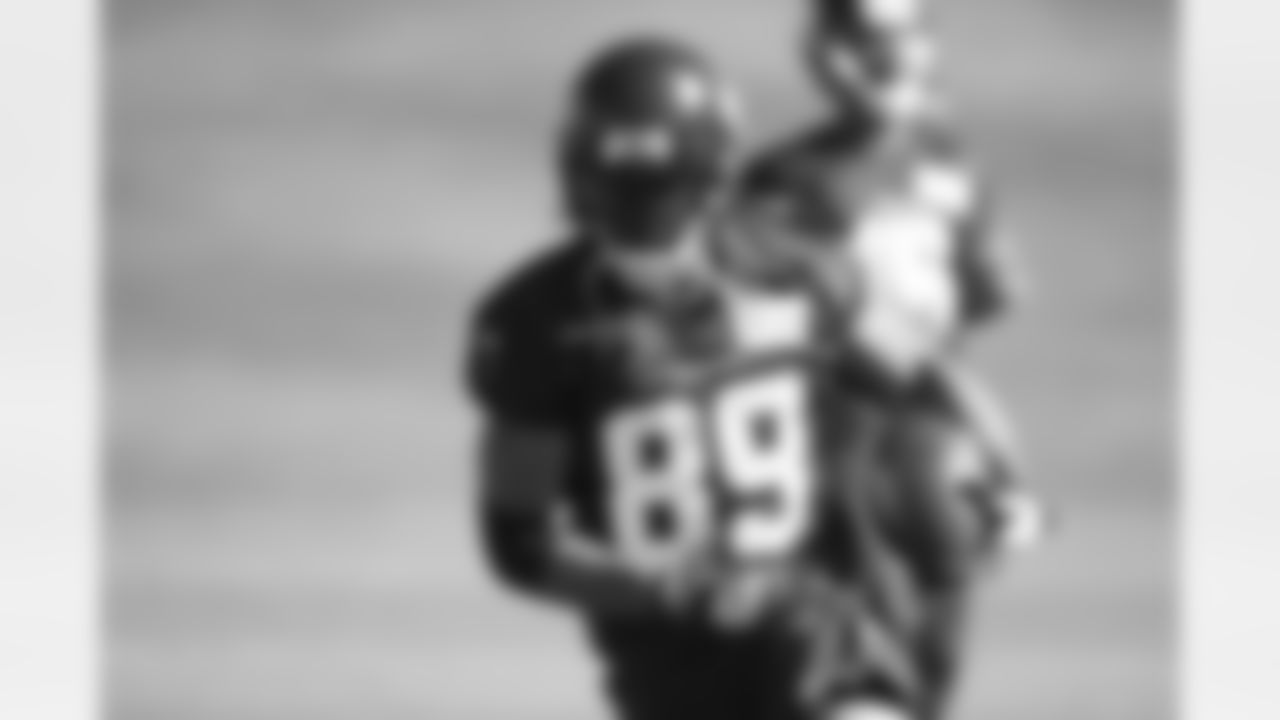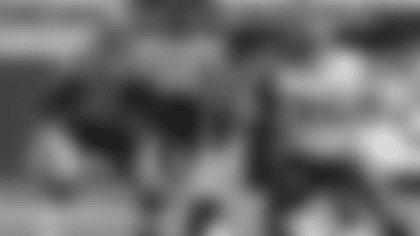There was a time in Pete Carroll's career when, being a defensive-minded head coach, he was content to let his offensive coordinator run the offense however that particular coach saw fit.
But coming off of a 6-6 season in his first year as the head coach at USC, Carroll made a decision that would help change the direction of his career. Having already been fired from his previous two head coaching gigs, both in the NFL, Carroll decided between the 2001 and 2002 seasons that if he were going to go down, he'd go down doing things his way on both sides of the ball. After consulting with other coaches and after going back to some of his early coaching roots, Carroll settled on a balanced offense that would rely heavily on the running game.
"It was the second year at SC," Carroll said. "The first year we had come out and we had thrown the ball a lot—we were a drop back team, and we made a ton of mistakes and had all types of issues and stuff. That offseason was my favorite offseason I've ever had and I haven't been the same since about football. We dug in and restructured what we were doing, emphasized the timing of the throwing game, the play-action game, moving the quarterback and the commitment to the zone running game to balance it out to the way that we became a balanced attack—that's the way we've always talked about it—and we've never been the same since. It goes that far back. That was Carson's (Palmer) senior year, when he won the Heisman, we had a great season, a great year and all that. Our offense just totally shifted and we've really been feeding off of that whole approach ever sense."
Carroll was being asked about his commitment to the running game, and as a result taking a trip down memory lane, because early this season, he hasn't seen the type of running game from the Seahawks offense that he would like.
Through two games, the Seahawks have rushed for just 179 yards and are averaging 3.2 yards per carry. That lack of a consistent running game has been a big factor in Seattle scoring just 15 points in two games and converting 9-of-29 third-down attempts.
"We've had more negative plays, we haven't gotten past the line of scrimmage," Carroll said. "We've been behind the sticks more than we want to and there have been some negative runs. There have just been some issues with it. I think in time you'll see our running backs settle in a little bit. I think Thomas (Rawls) has been a little overexcited about hitting the line of scrimmage. I think his patience is coming and if we can get him back out this week, I think it will be really important for him to get more carries—he only had seven shots last week—so he can just get his rhythm and get his timing down. He's had the least amount of work, so he just needs to be out there a little bit more. Christine (Michael) has done a nice job. If we stay out of the negative situations, I think we're going to be OK and we're going to get back on track."
Offensive line coach/assistant head coach Tom Cable, who coaches the same zone-blocking scheme Carroll made a focus back in 2002, has the same faith Carroll does that the running game will get on track once it can find more consistency.
"It give us balance, that's the most important thing," Cable said of the run game. "We've really missed that. In the preseason, we had some good rhythm that way, but in the first two games we really haven't. It has been very hit or miss. We didn't do it at all in the first half last week. It came out a little bit there in the third, early fourth, but we need consistency, because it sets up the big (pass), the play action and all those things."
As Carroll noted, Rawls is still settling in after missing most of the preseason—Cable noted Rawls is "trying to do too much"—while Michael has had more success running the ball. The line, of course, is also a huge part of the running game and that group feels like it can do more to help.
"We could fit things better," left tackle Bradley Sowell said. "There were some small mistakes. It's nothing physical, that's the good part about it. It's all just technique and stuff we're doing. If we can fix ourselves, I think we'll be all right."
Added center Justin Britt: "It's just working on fundamentals and the small details of how we do things. The communication of where we're going and when we're going there is on it, but in the run game, it's the fundamentals and the details."
And whenever the Seahawks get that running game going—and the hope and expectation is that it will be this week against San Francisco—then the offense can function much better as a whole.
"It sets the tone offensively," Britt said. "We want to be physical, we want to do what we do, and that's run the ball, beat on our opponents… It just opens up the whole offense."
The Seahawks won't give up on the running game just because it has faltered a bit out of the gate. That's not their philosophy, and it's not who Carroll has been as a coach for the last 15 years.
"To me the running game is about commitment," he said. "It's about staying with it and believing in it. You can run a bunch of plays and call a bunch of different runs, but that's not the same thing as being committed to a formula and a style. It is that commitment that holds you to it and keeps us—how many years now? It's been 15 or 16 years of the same commitment. It is a commitment to balance because that's the way we want to play football. That's the way we think it's best to win in football. Without that commitment, I think you can waver all over the lot. You can see us right now. You'll watch us get right back to it, because we're off a little bit right now."
In his younger days, Carroll wouldn't have worried as much about the lack of a running game. But heading into what he knew could be his last offseason if things didn't turn around, he made a change that helped shape his future and that of the current Seattle Seahawks.
"I may not get another year, so I'm going to do it exactly the way I want to do it," Carroll recalls thinking after the 2001 season. "And it hasn't been the same since."
"It was the culmination of everything that I had been through," he added. "I've always felt like I could contribute offensively and it was just a question of saying, 'OK, I'm going to get this done this way or it's not going to work and I'm out.' I just had the confidence and the sense to go for it and hopefully it would work. We did some marvelous visits and stuff to get guys to get things exactly the way we wanted things to get done. It's Tom Cable's running game, the one he grew up in as well, that's why he's here and that's why he's been such a big factor for us. The way he was raised was the one that I wanted to put into our offense. The passing game was a combination of the things that we had seen and done and believed in that came out of a huge influence from San Francisco, growing up in those days, studying them and what they had done. It was just a combination of those things. So really it was just one that came right from the heart—this is what I think is the best way to do it, let's get it done. We did the studies that we needed to do and some young coaches really stepped up to help us and did a great job to help us formulate the plan. It came together in pretty good fashion."
The Seahawks returned to practice at Virginia Mason Athletic Center on Wednesday to prepare for their home game against the 49ers.

